Under the Hood
In between all of our fine work, I had a lovely chat with one of technicians while waiting for my coffee to brew. After the usual bad jokes and pleasantries, he told me about one of the jobs he’d worked on recently. I won’t go into detail, but, in short, a customer had mistakenly refilled their brake fluid with water. Because of this, I realised that it was an error I could have made just as easily, and so we thought a quick talk through the different symbols you might find under your car’s bonnet might be helpful.
Brake Fluid
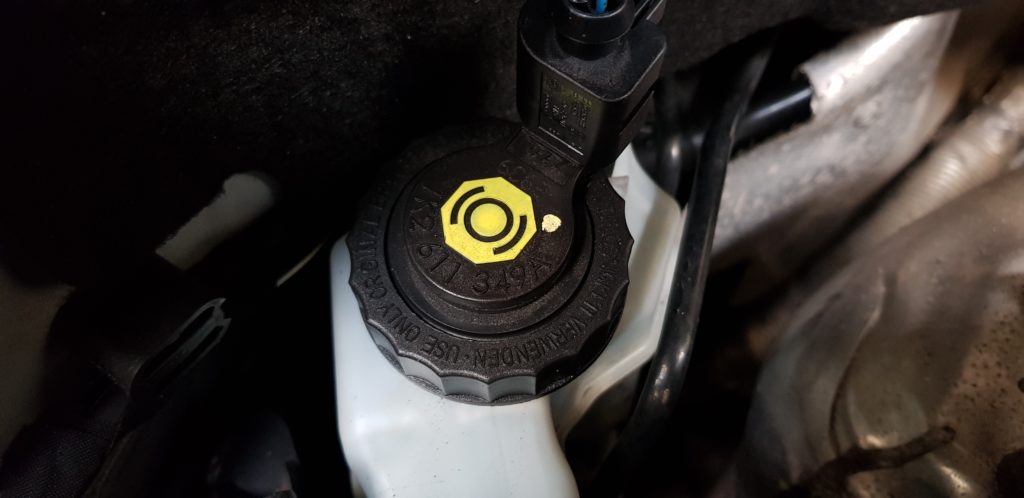
You might remember from school that fluids don’t really compress, and this is pretty much the concept behind how your brakes work. Push the brake, and the pressure at the other end applies your brakes to the wheels. Simple, right? Well, apparently not so much.
Because of the temperature fluctuations your car goes through, water doesn’t really work for this. Instead, cars use a variety of man made fluids with different boiling points so as to remain liquid regardless of what the weather or your engine is doing. If you’re changing this yourself, be sure to check your vehicle’s handbook to find out what the manufacturer recommends before adding any.
Engine Coolant
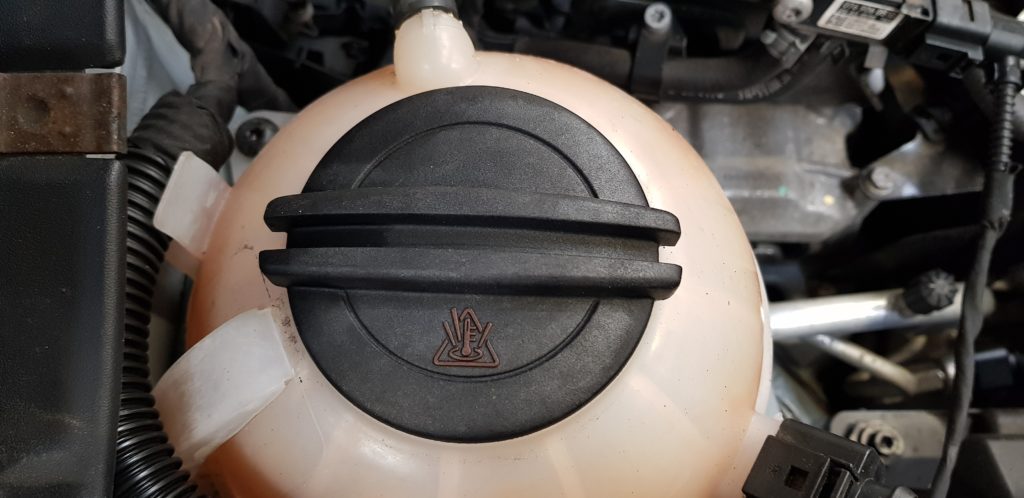
You’ve probably noticed that your car gets hotter the longer you drive it. I won’t pretend I need to explain the physics of friction and heat exchange to you… and honestly, I’m not sure I could do it clearly anyway, but your engine coolant is what keeps your car from overheating (or worse!).
Like most of the other fluids here, it’s important to get the right type of coolant for your car due to different performance levels and fuel types. Your handbook should tell you what to use, and how often it needs changing (up to once every two years or 24,000 miles). Alternatively, you could just ask your friendly neighbourhood garage (HINT HINT www.daviddexters.co.uk).
Engine oil (and dip stick)
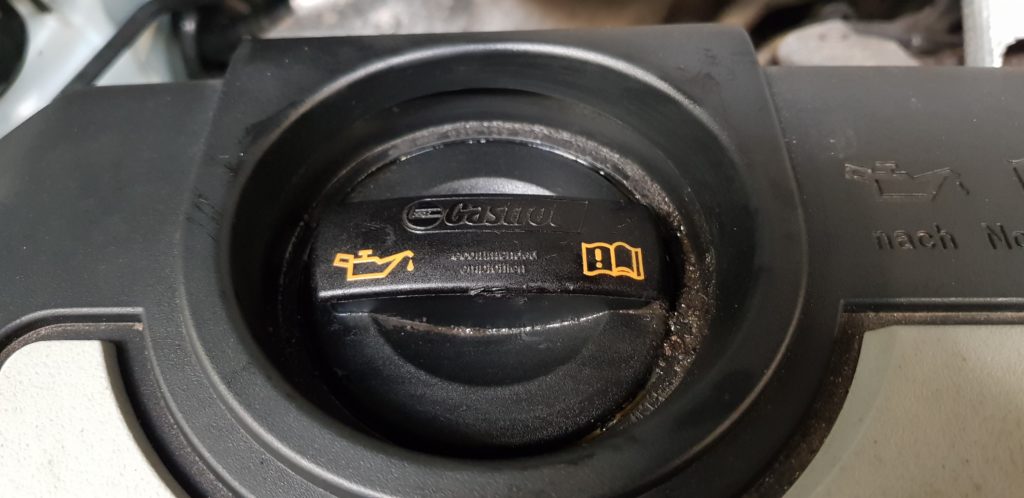
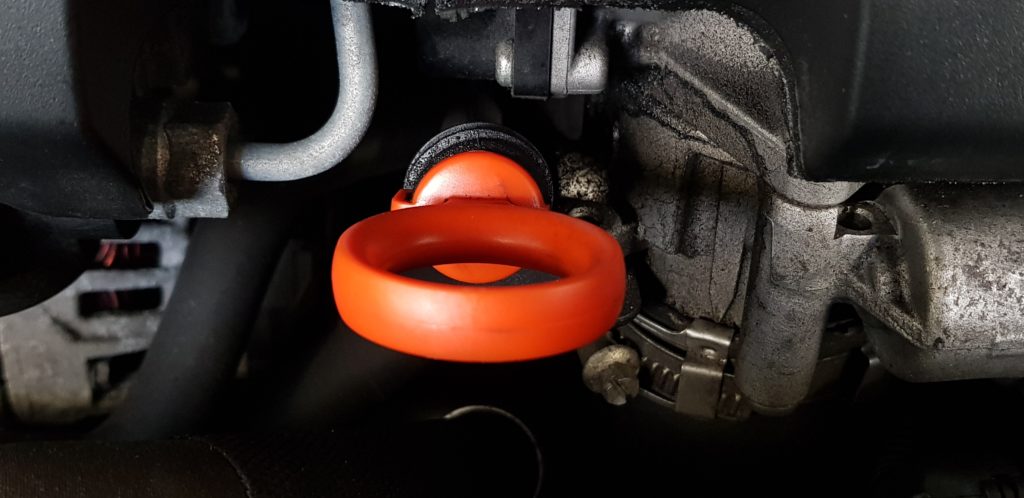
Prior to writing this I might have been able to name all these symbols, but I think this is the only one I would have known how to refill. Engines are finely honed machines, and they need oil to keep their many moving parts from grinding or sticking against each other. Over time this gets used up, so needs refilling.
While the other fluid levels are pretty straightforward, checking this one is just a little more involved. When your engine is cold and the car is parked on a flat surface, pull the dipstick out, clean it on some paper towel, and then reinsert it. Take it out a second time and looks at how high up the oil comes. If it’s between the two notches, all is well.
Different vehicles work best with different grades of oil, based on their fuel type, engine size, and other specifications, so it’s always worth checking what your manufacturer recommends.
Power steering fluid
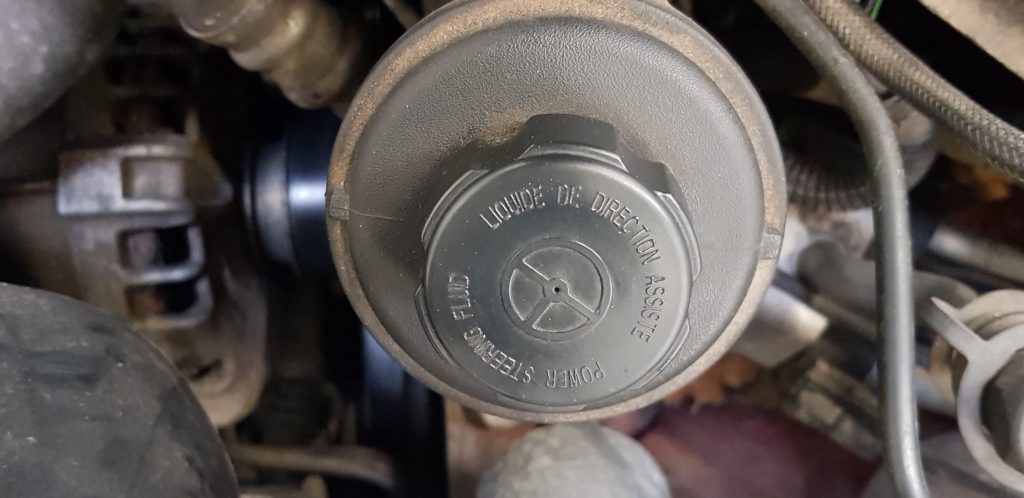
Most modern cars now have power steering, making driving them significantly easier – if you’ve ever driven an older vehicle, particularly at lower speeds, you’ll know exactly what I’m talking about. Your power steering works in a way not dissimilar to your brakes, with the fluid increasing in pressure as you turn the wheel to push against a piston. You might have guessed by now, but it’s important to check what type your car’s manufacturer recommends that you use.
Screenwash
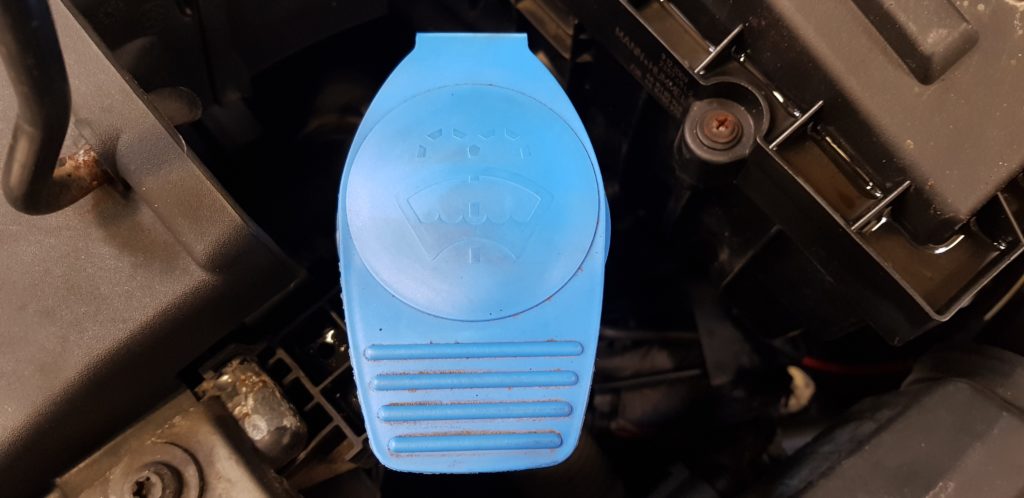
This is the part of your engine that you’re probably most familiar with. Simply put, it’s where your screenwash goes so that you can keep your view of the road crystal clear even in the worst of conditions. In most cars you can see how much fluid is in there on the side of the bottle, though I personally usually don’t realise it’s empty until I pull the lever and nothing happens!
Don’t forget – you’ll probably want a higher concentrate of screenwash when the winter weather is at its worst.
And remember, if you’re ever unsure you can swing by to see us and one of our team can offer you some advice, or have one of our technicians do the job for you. Book your car in NOW.
Drive safe out there.
